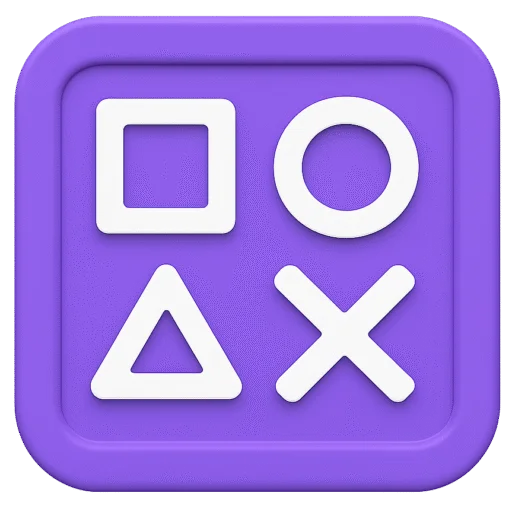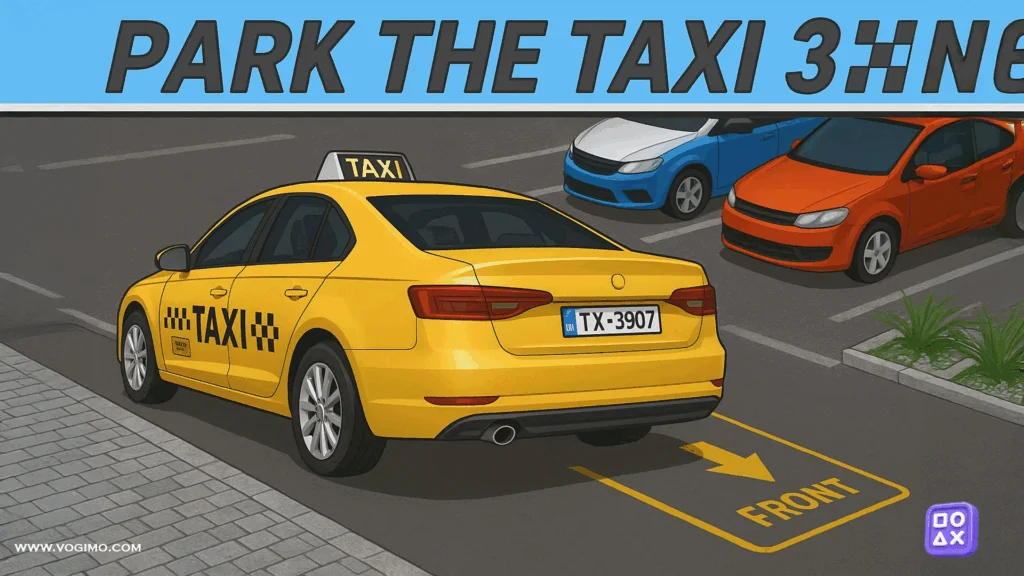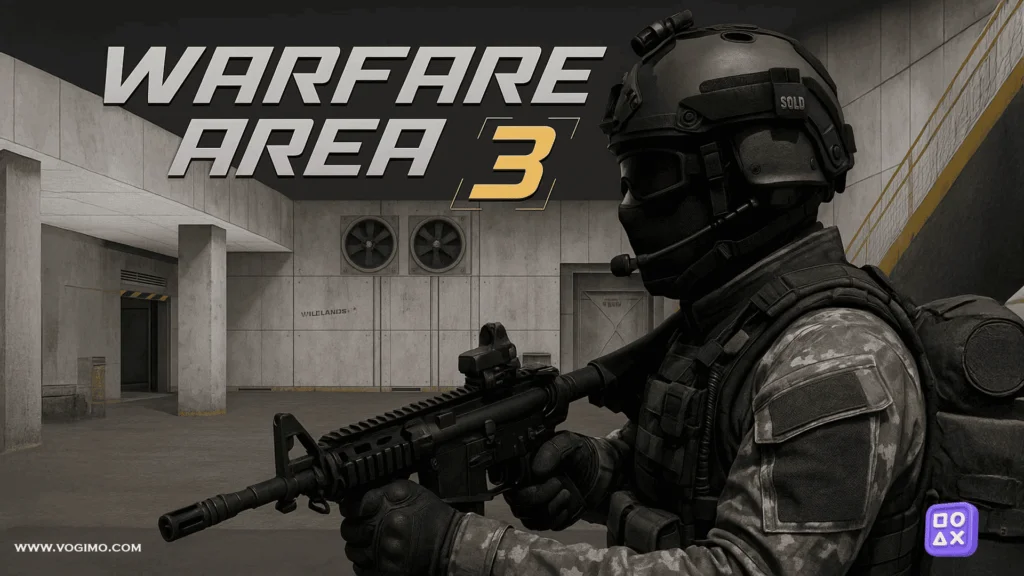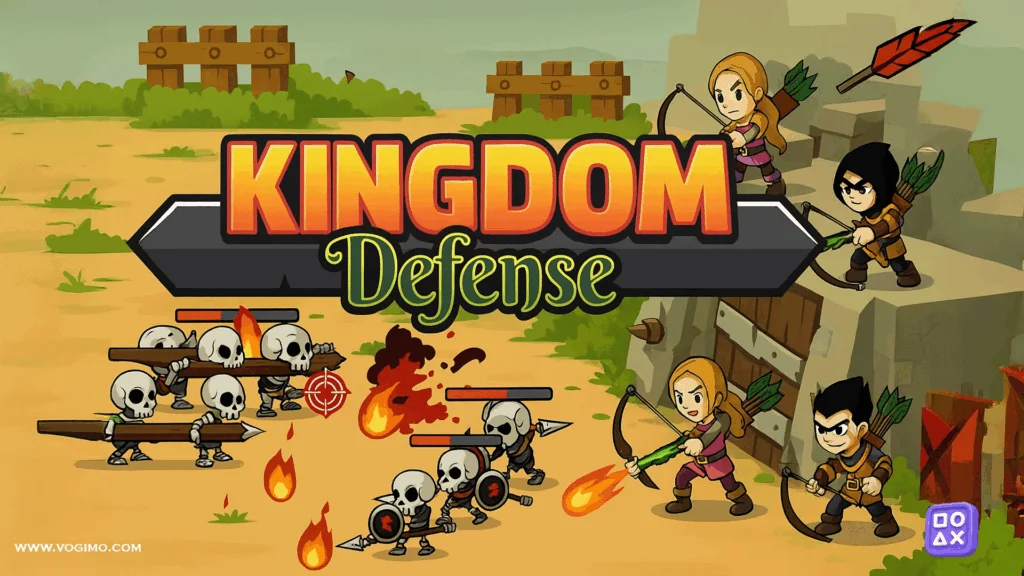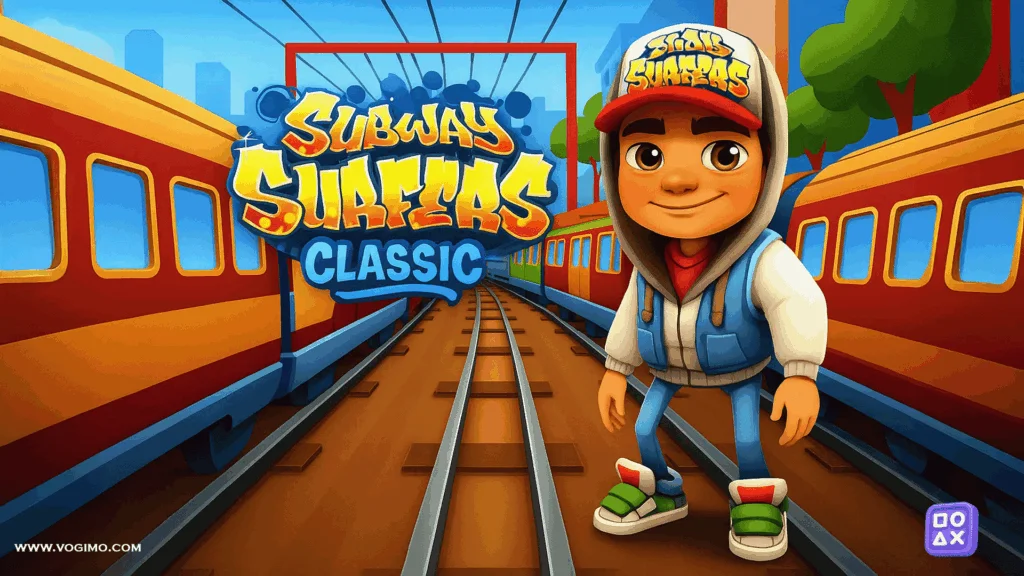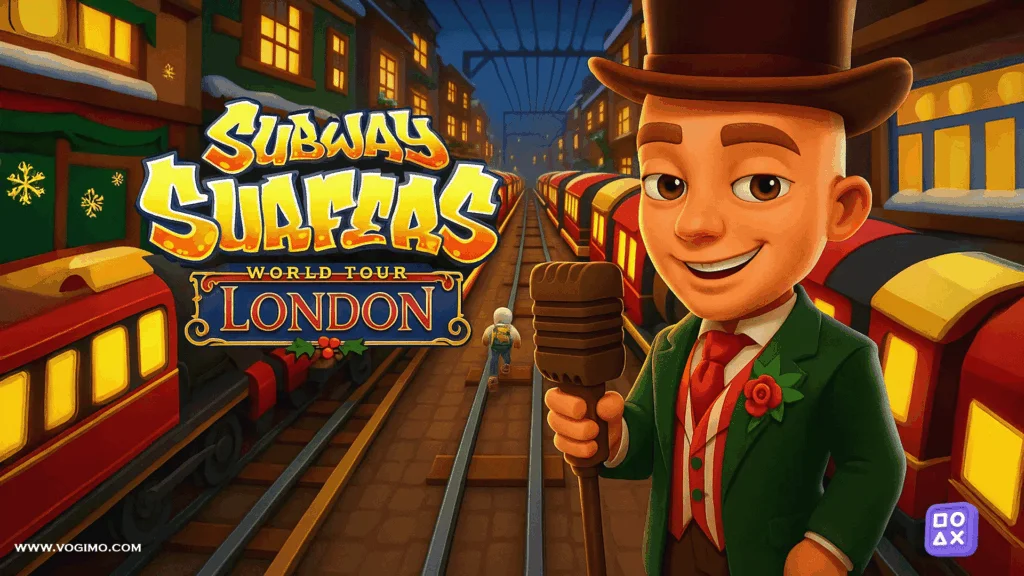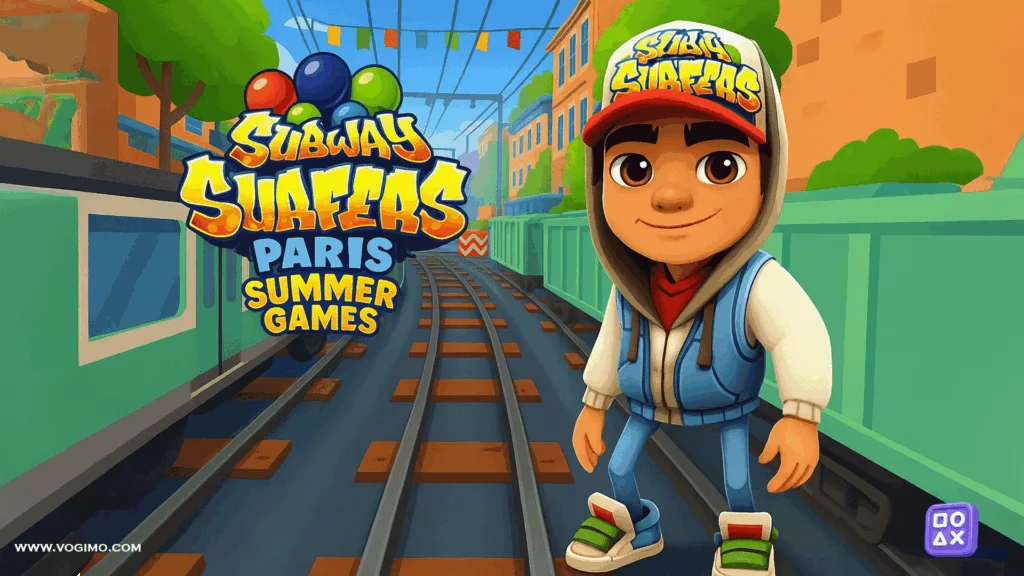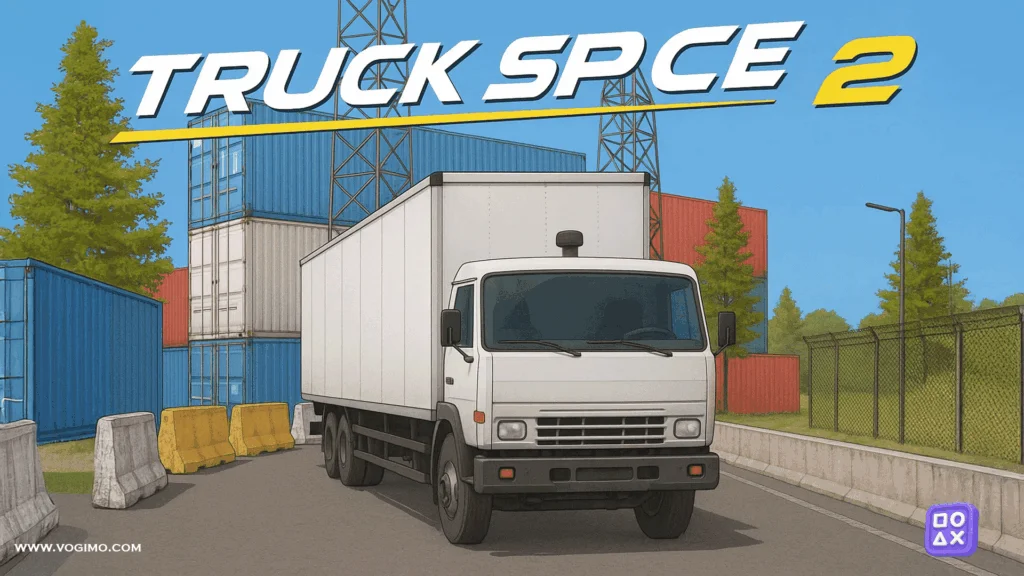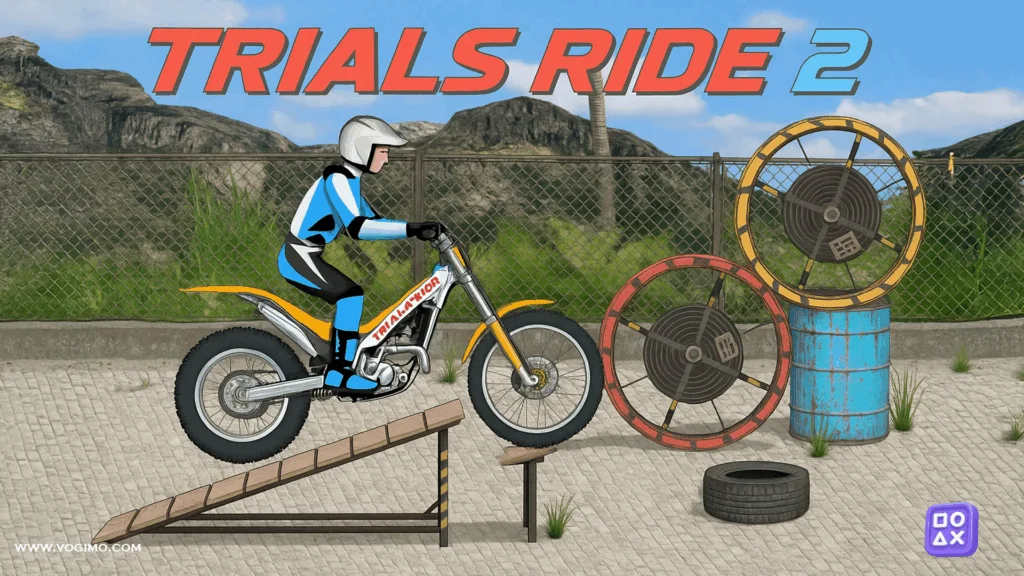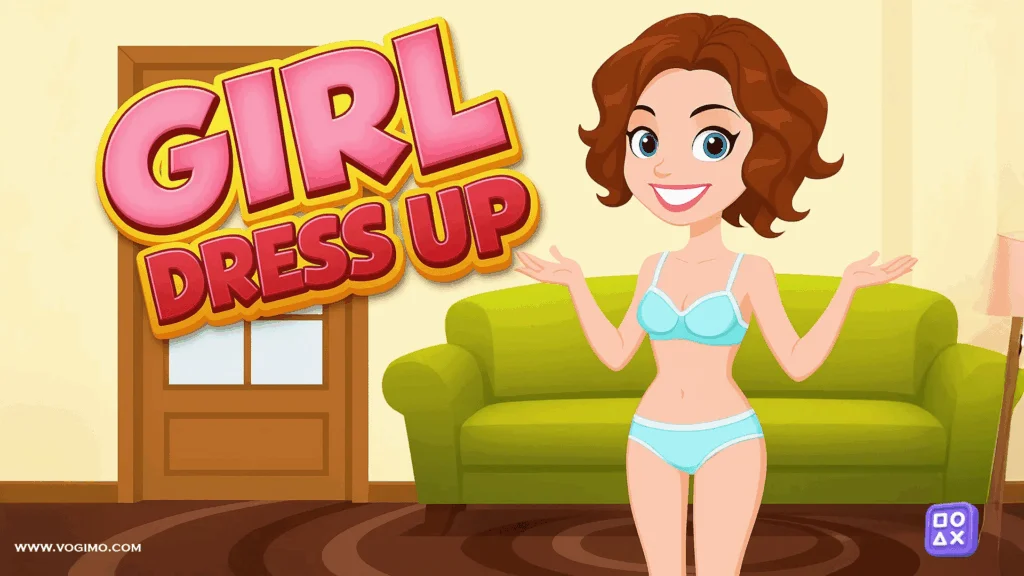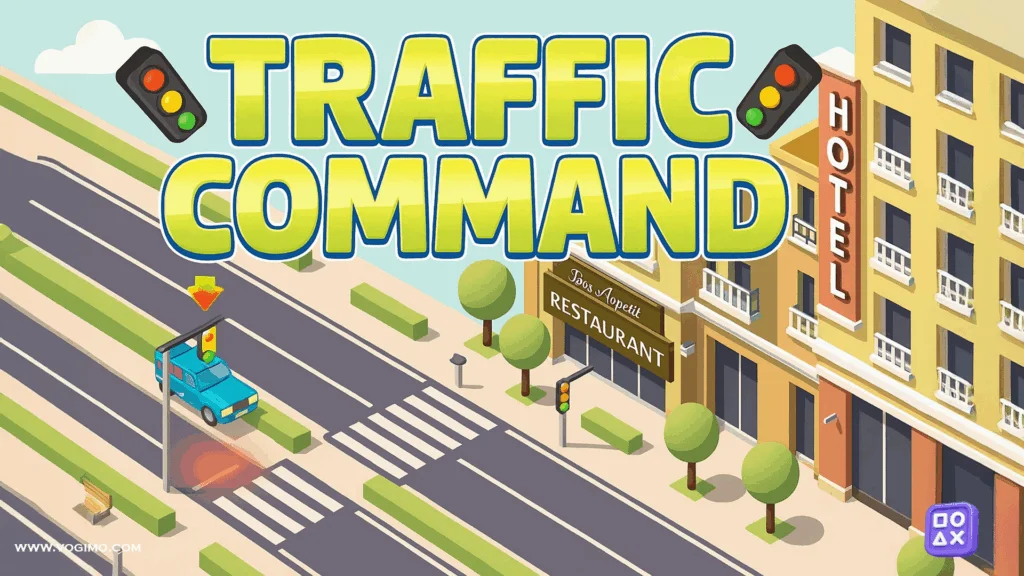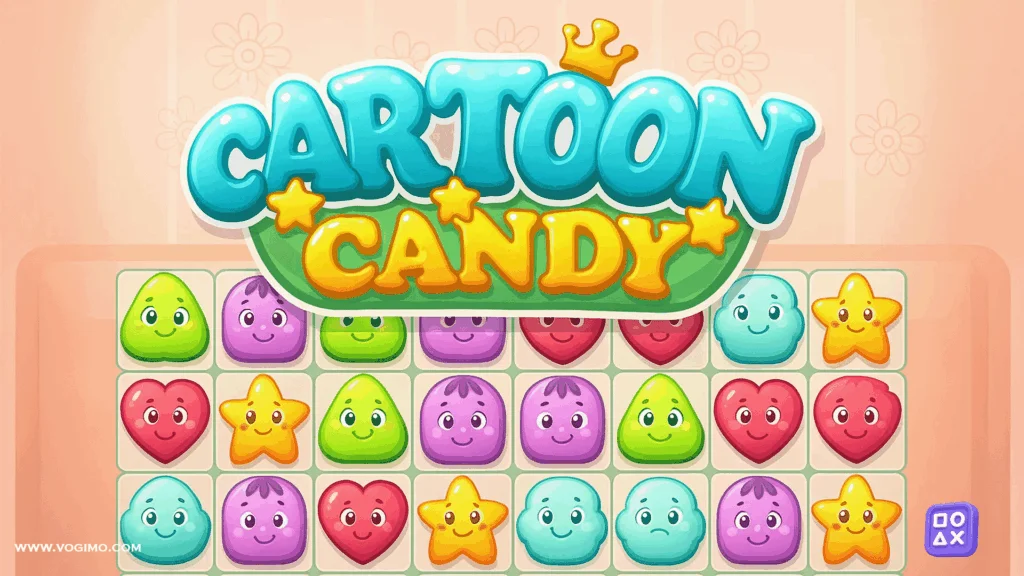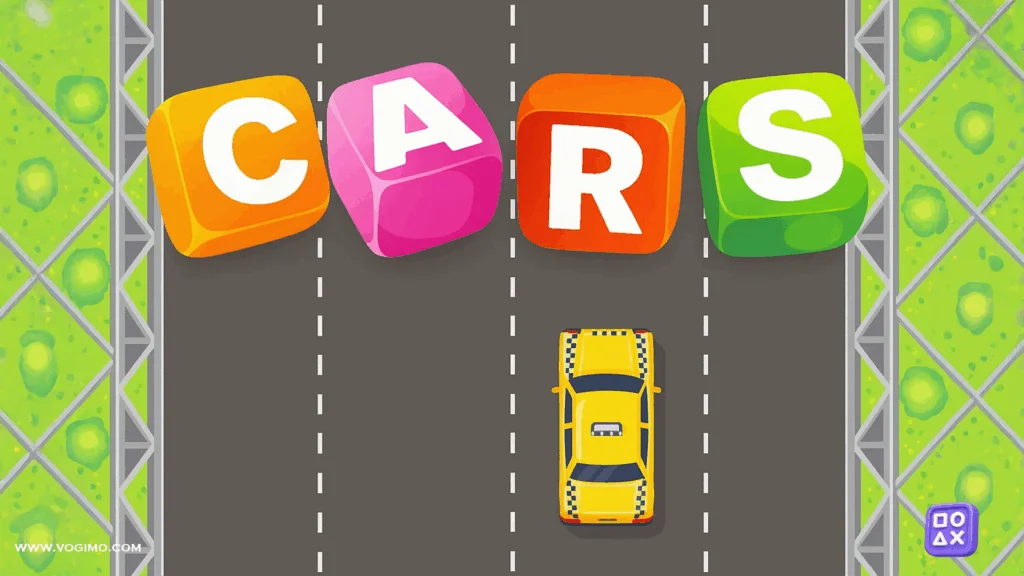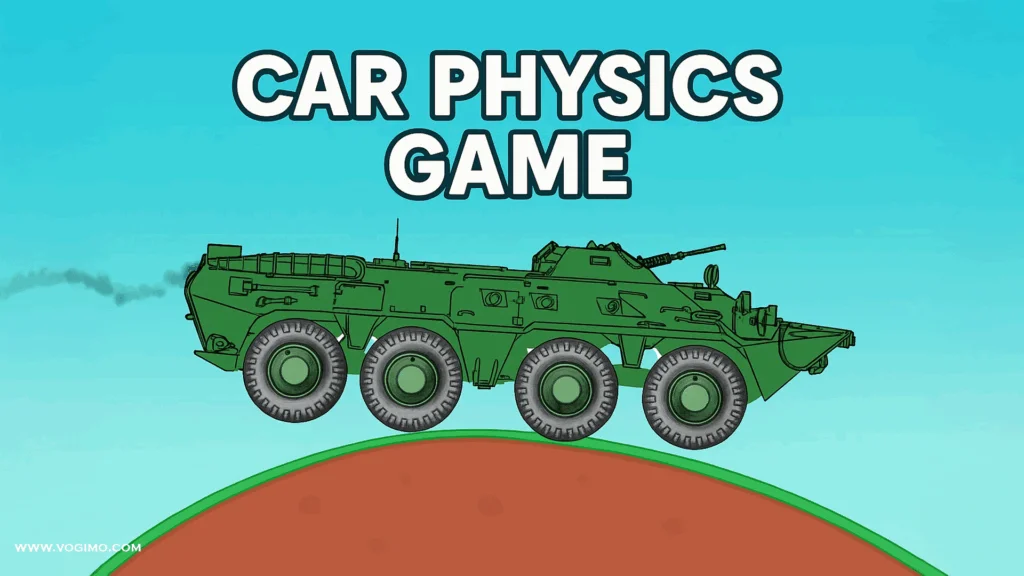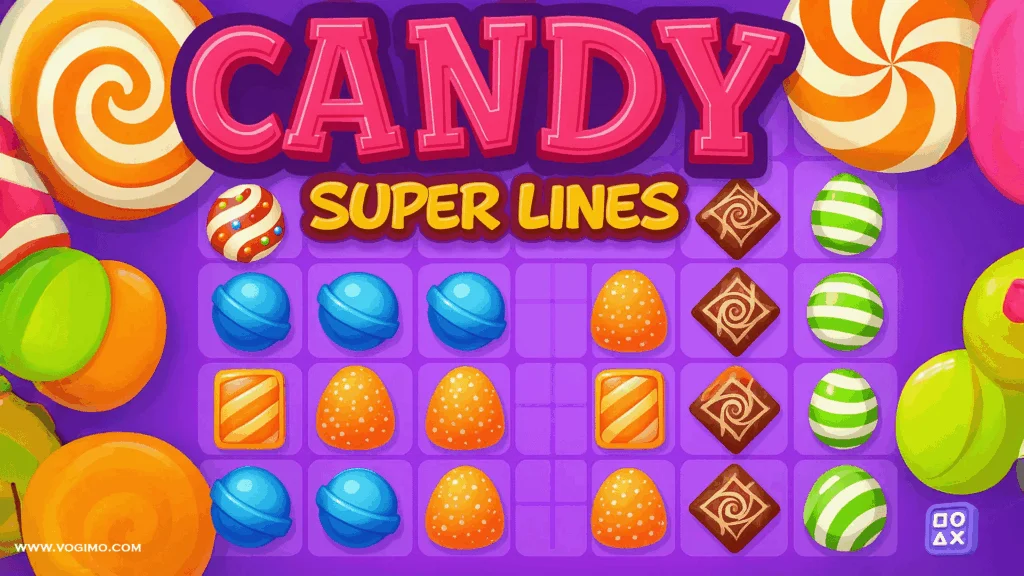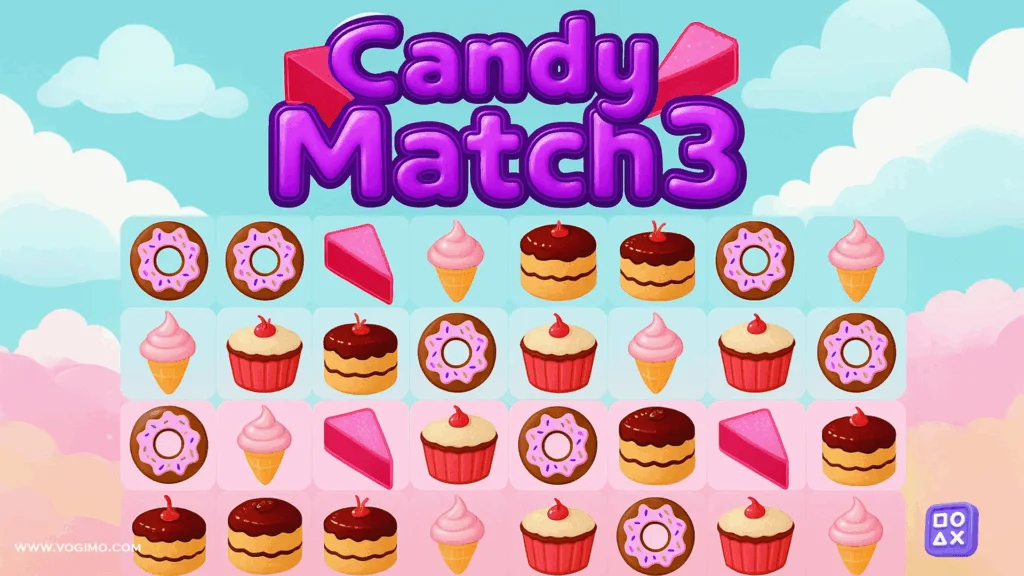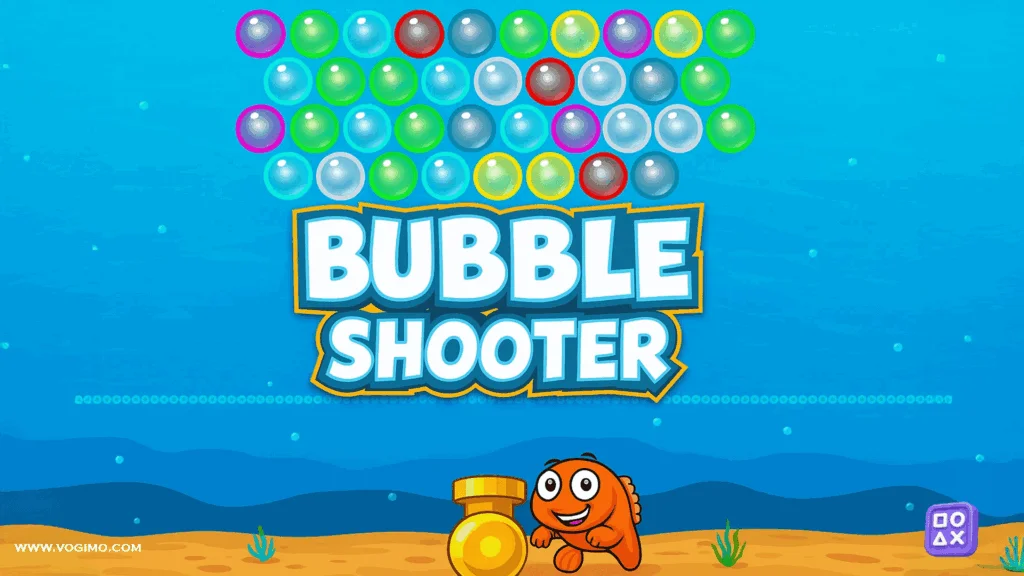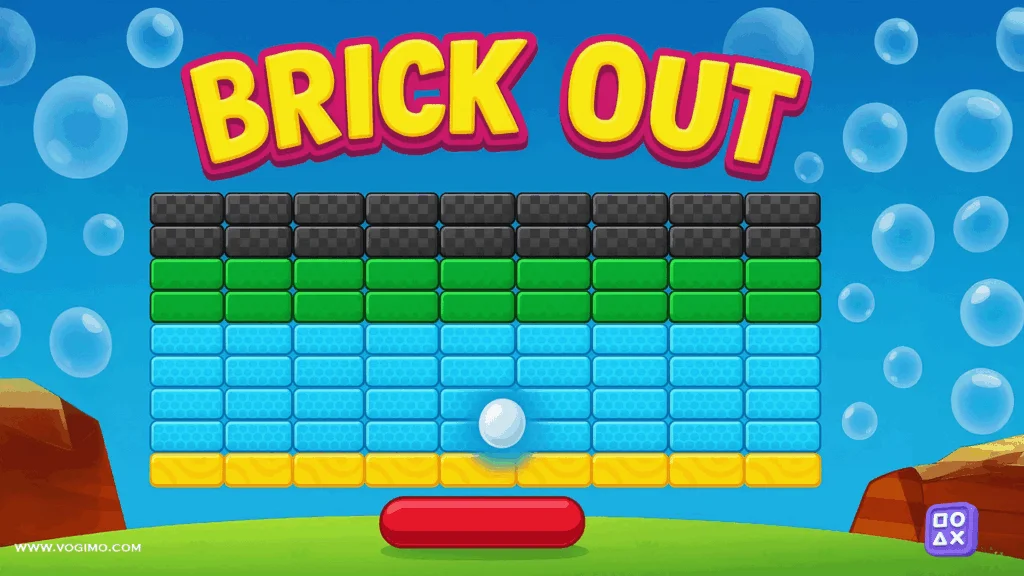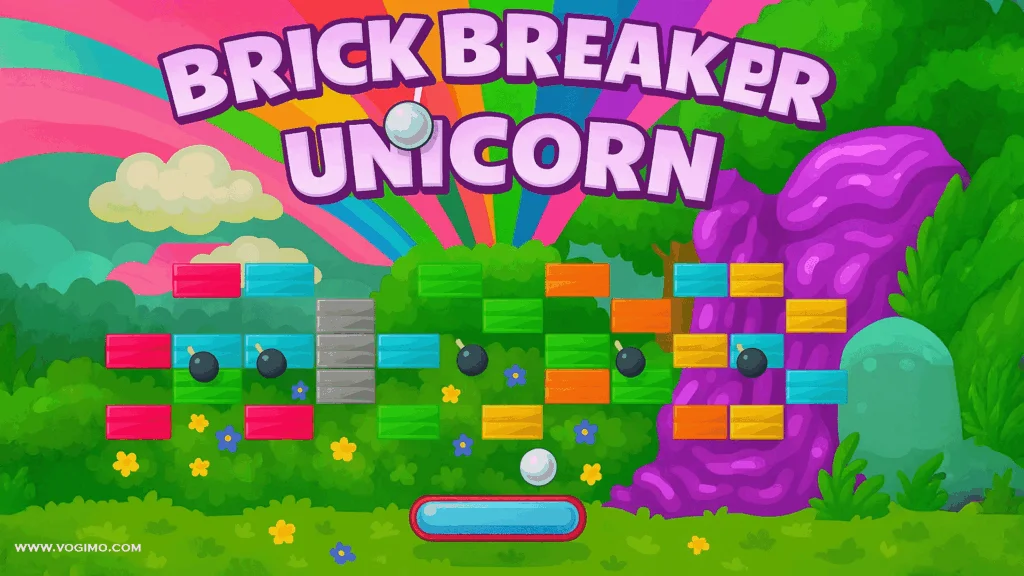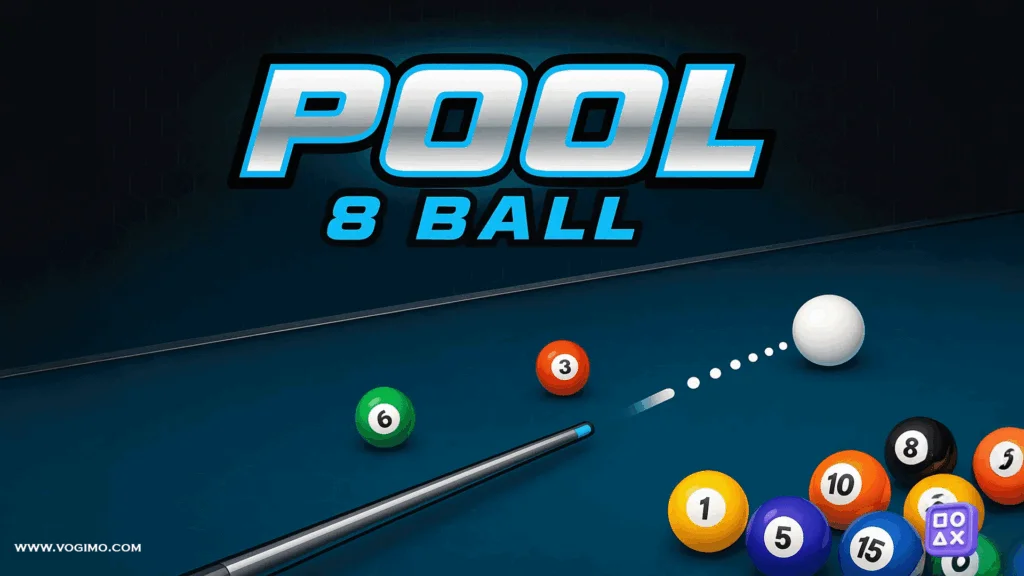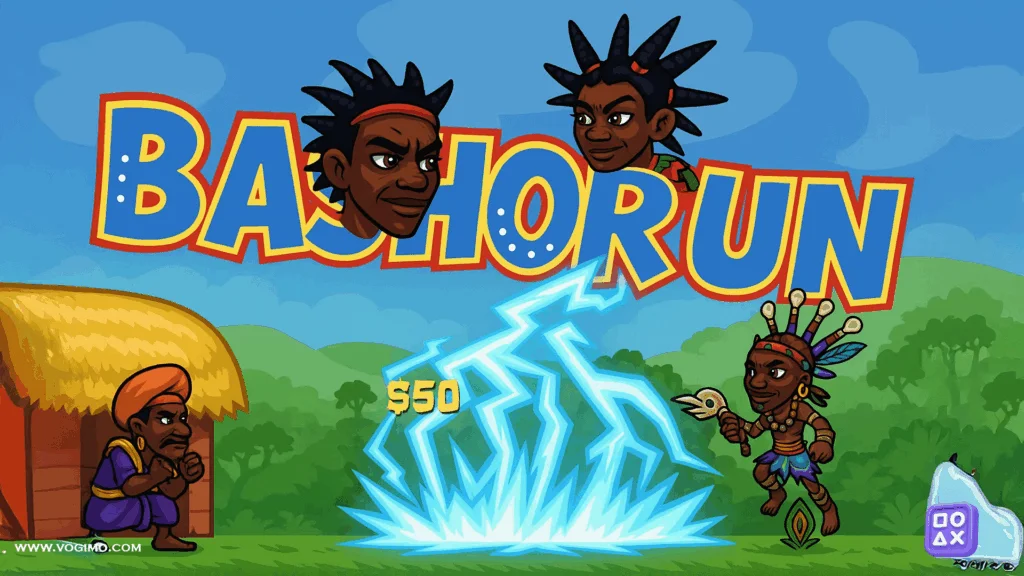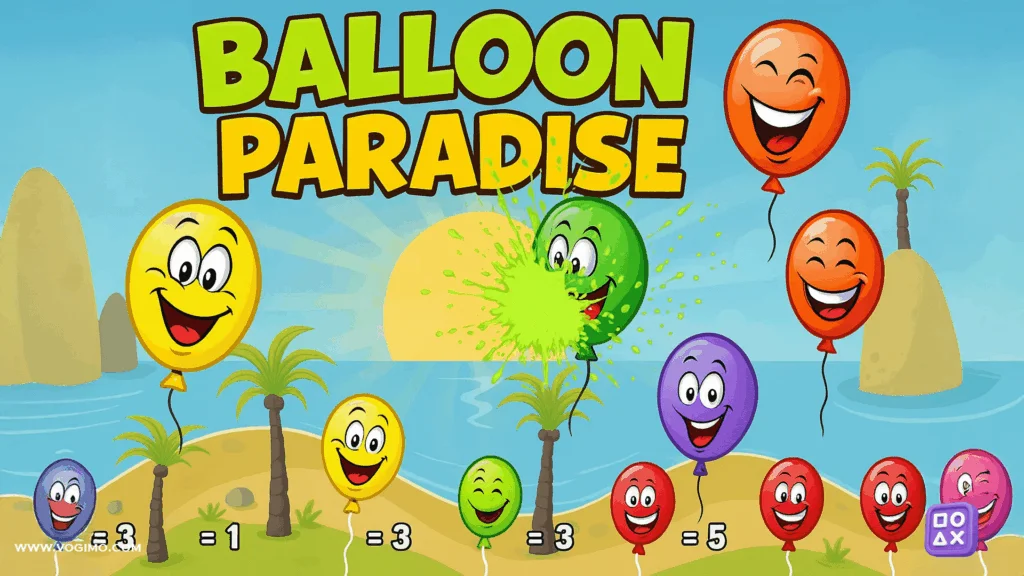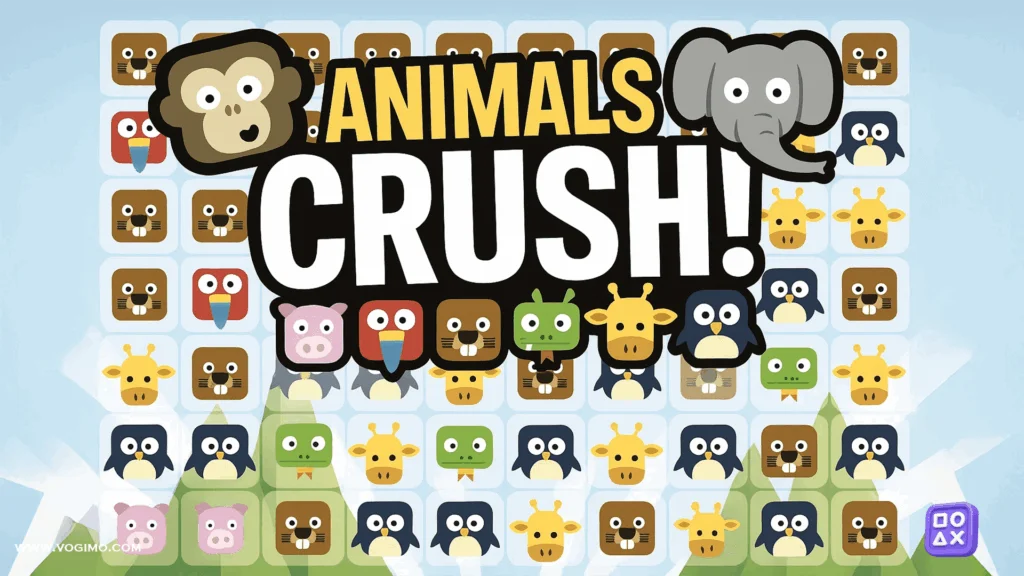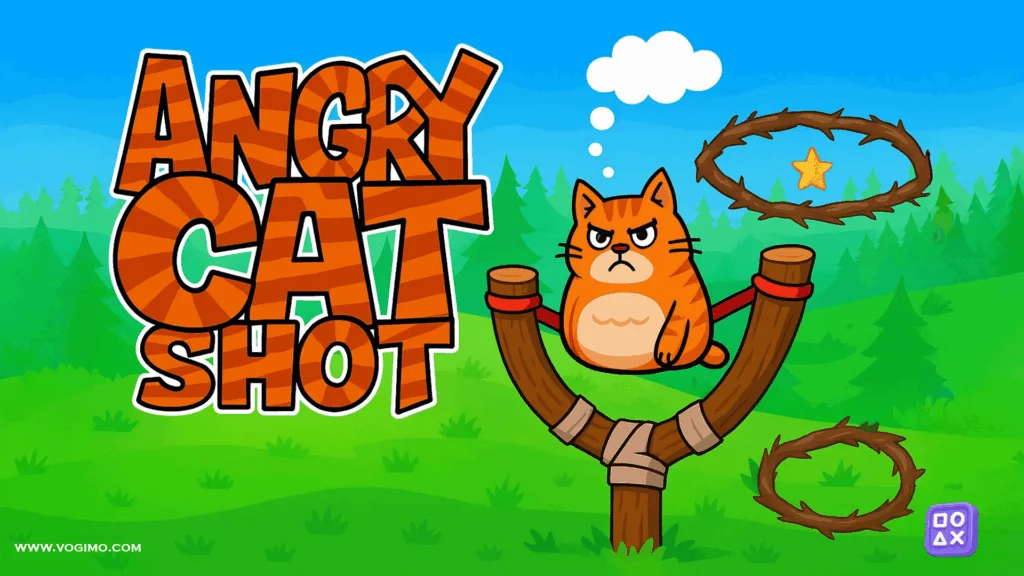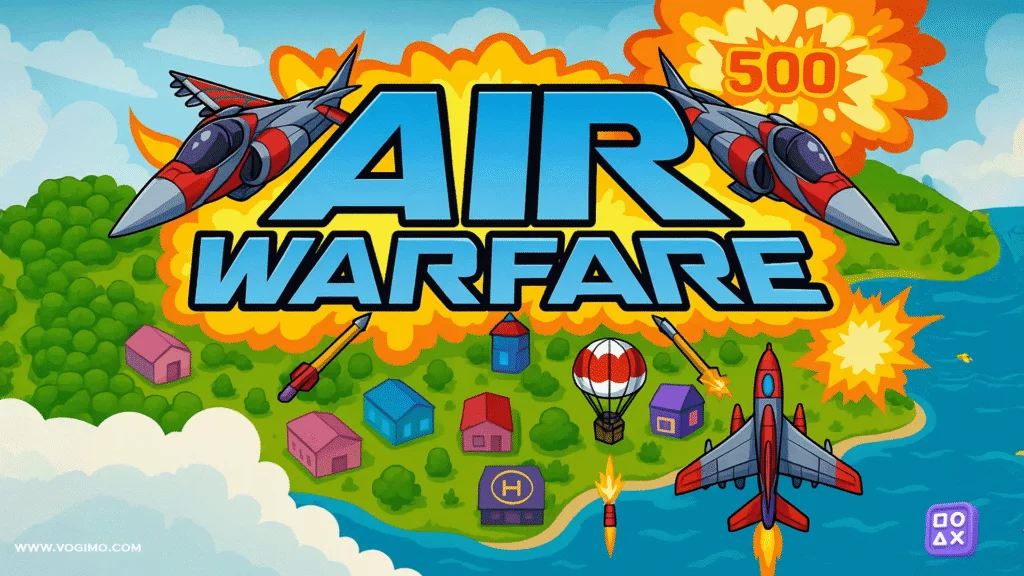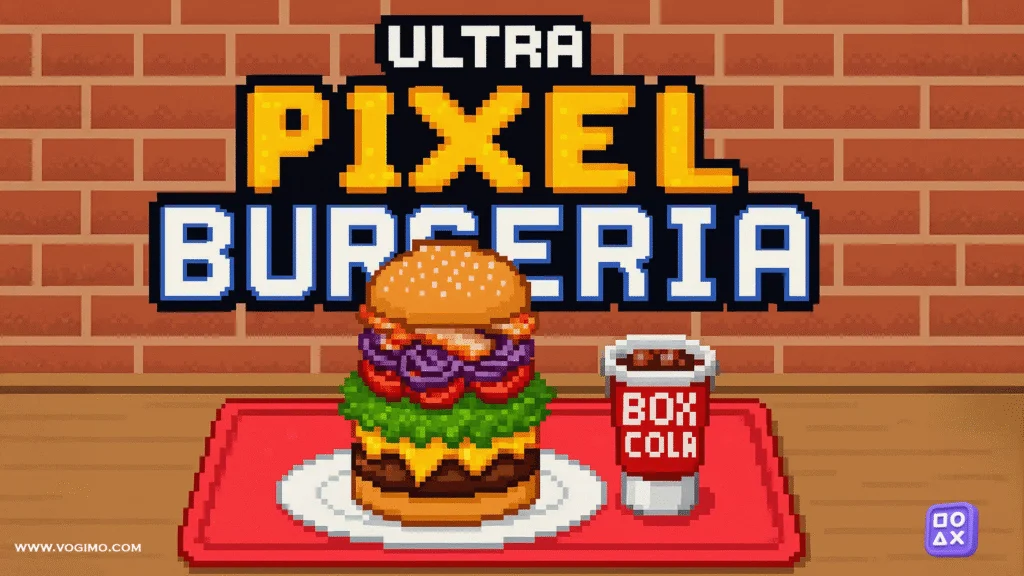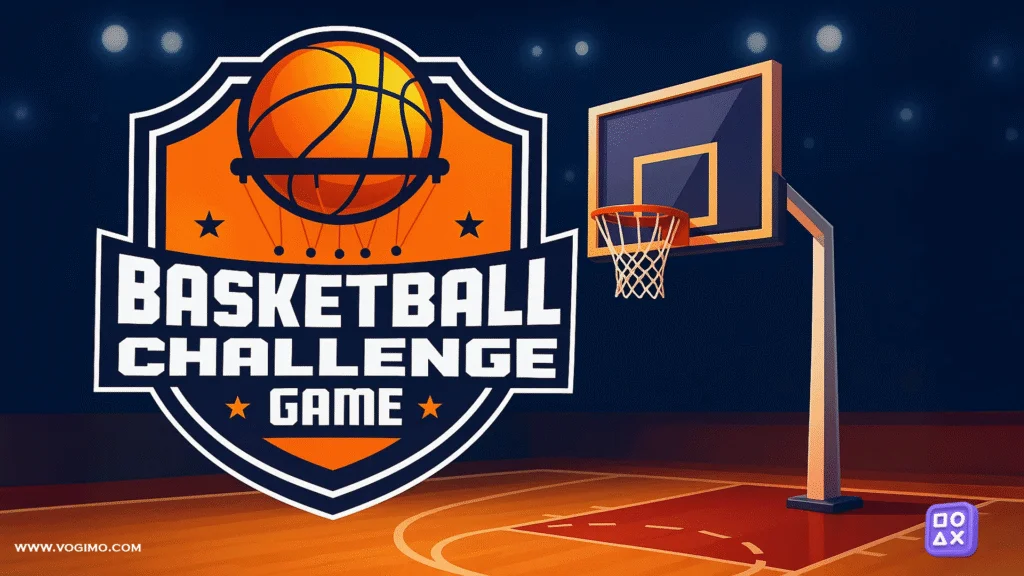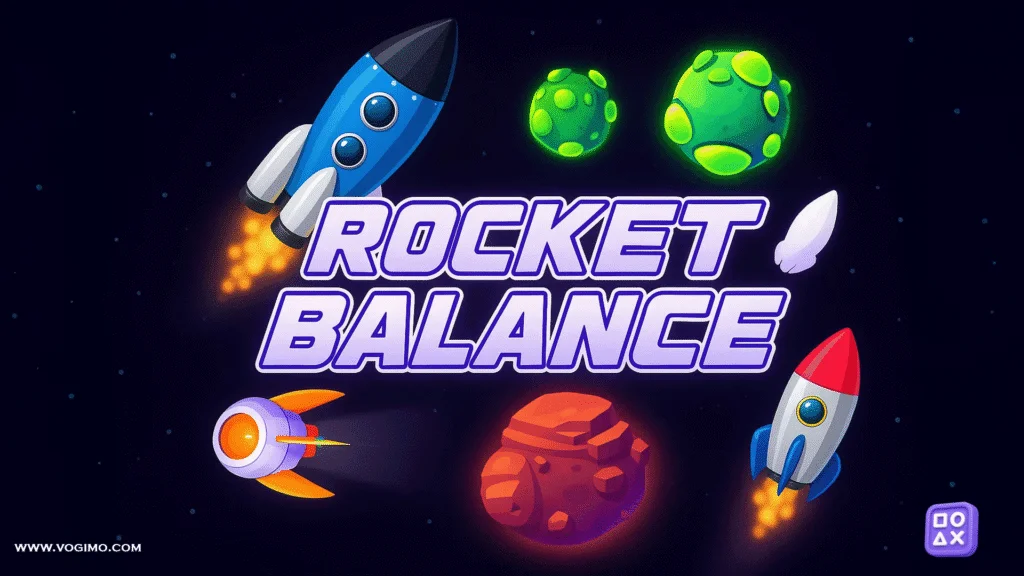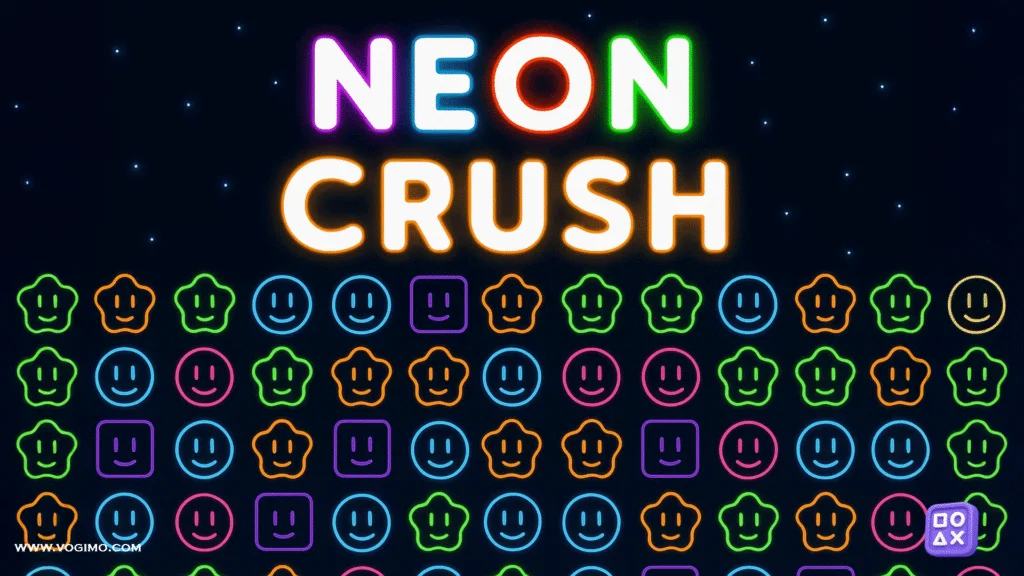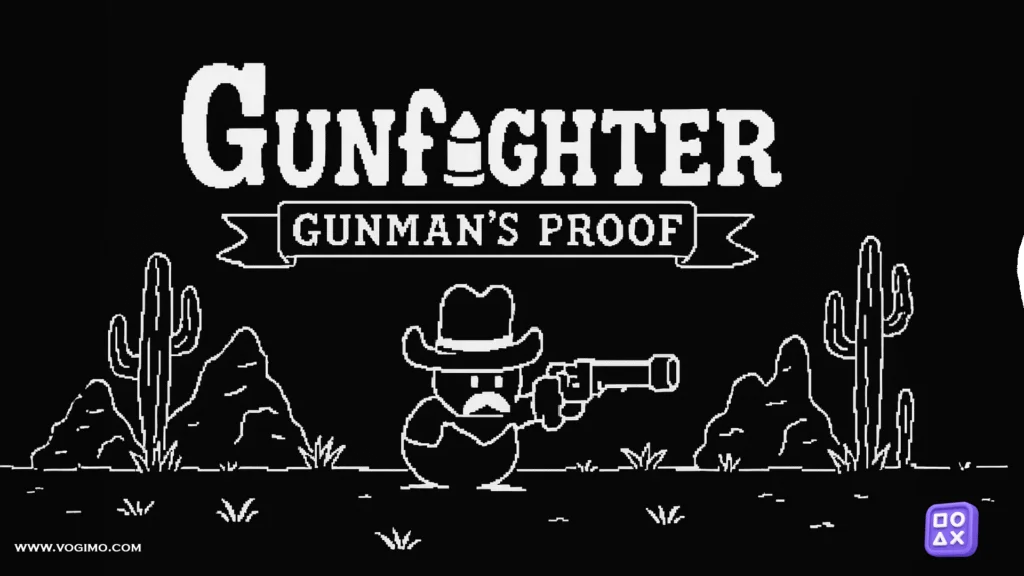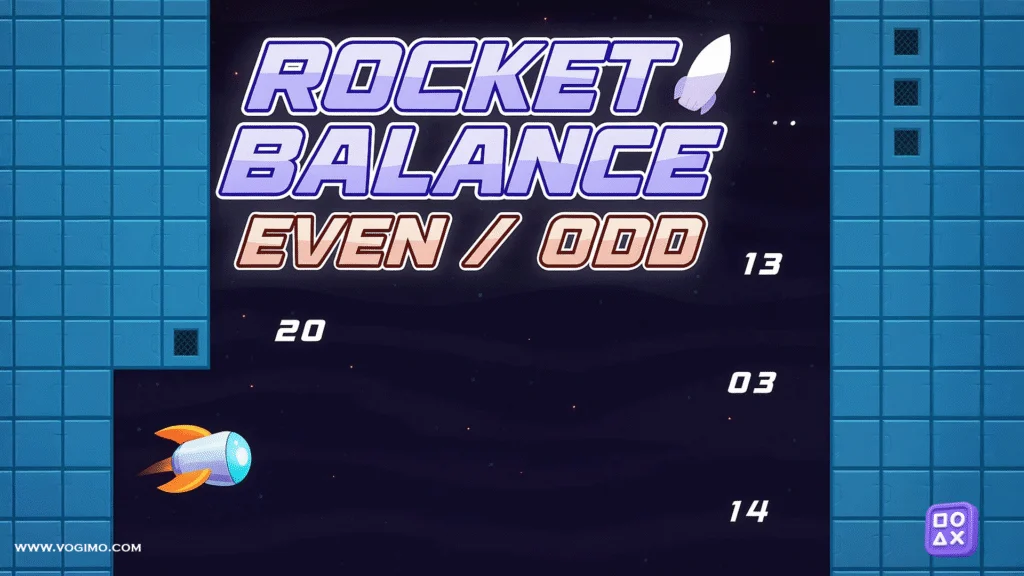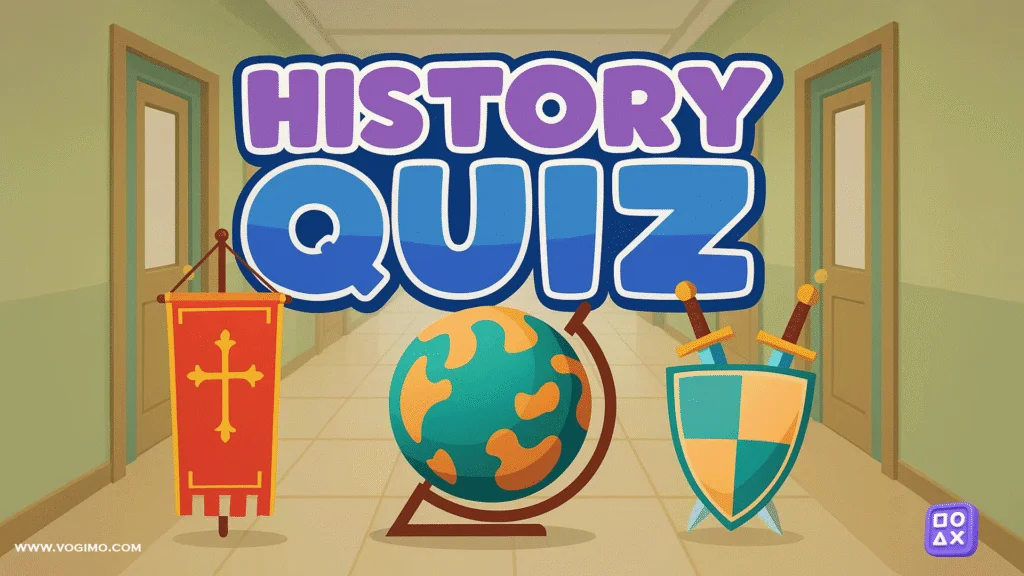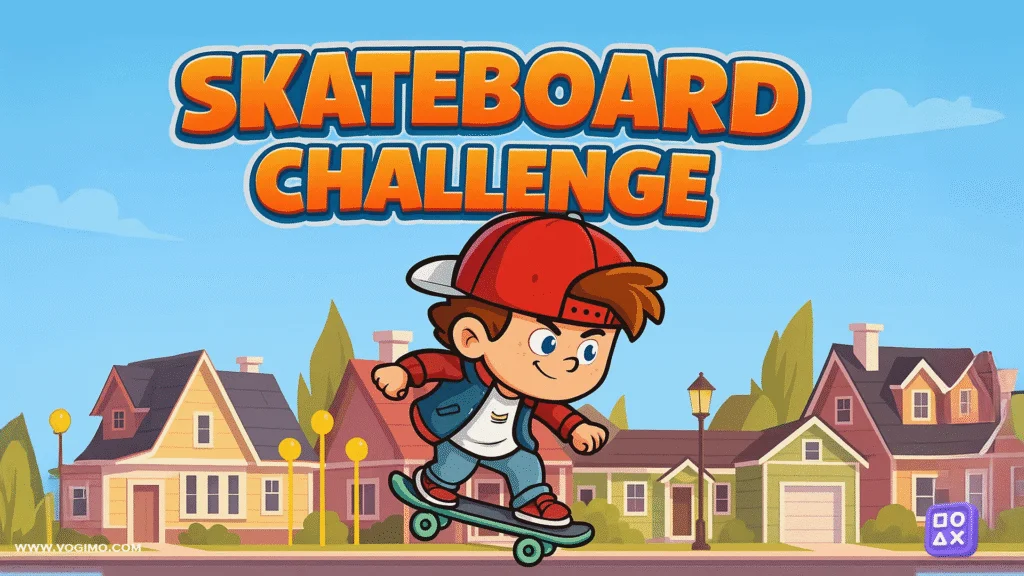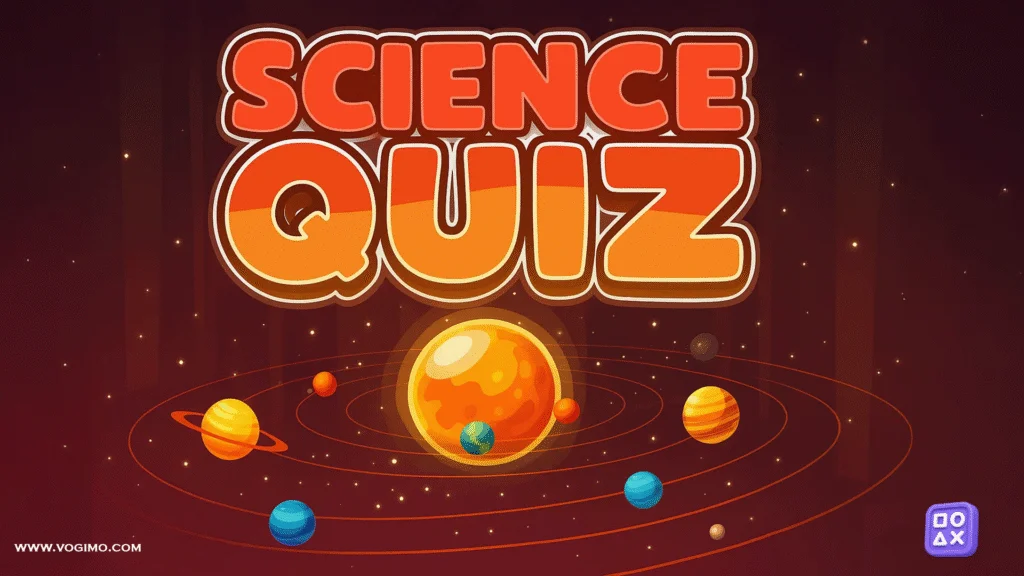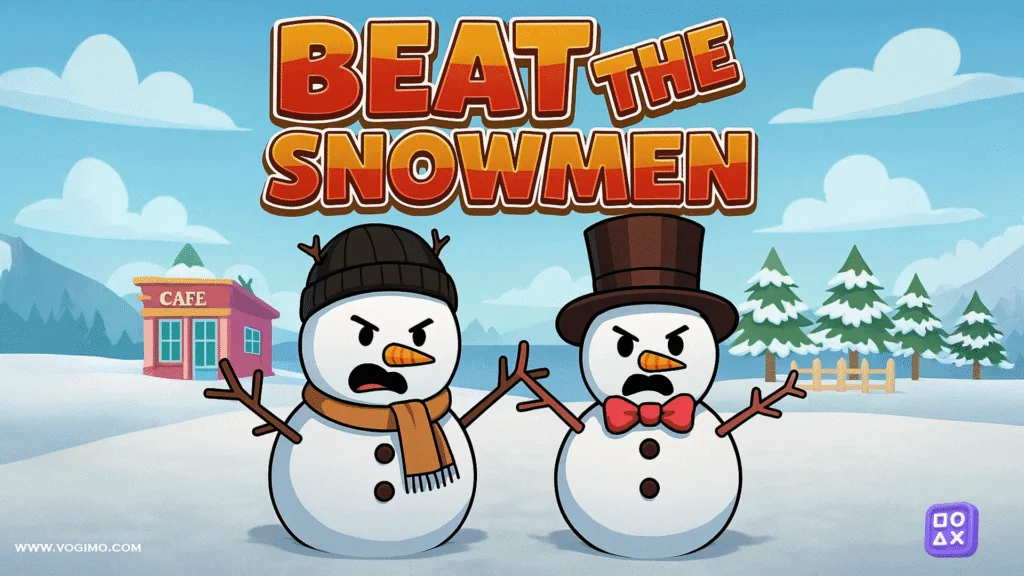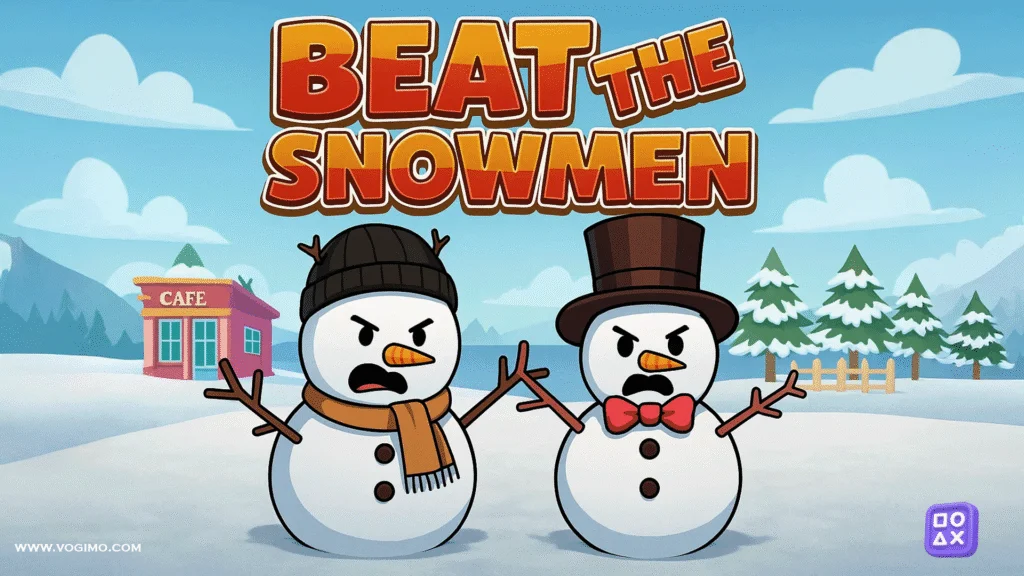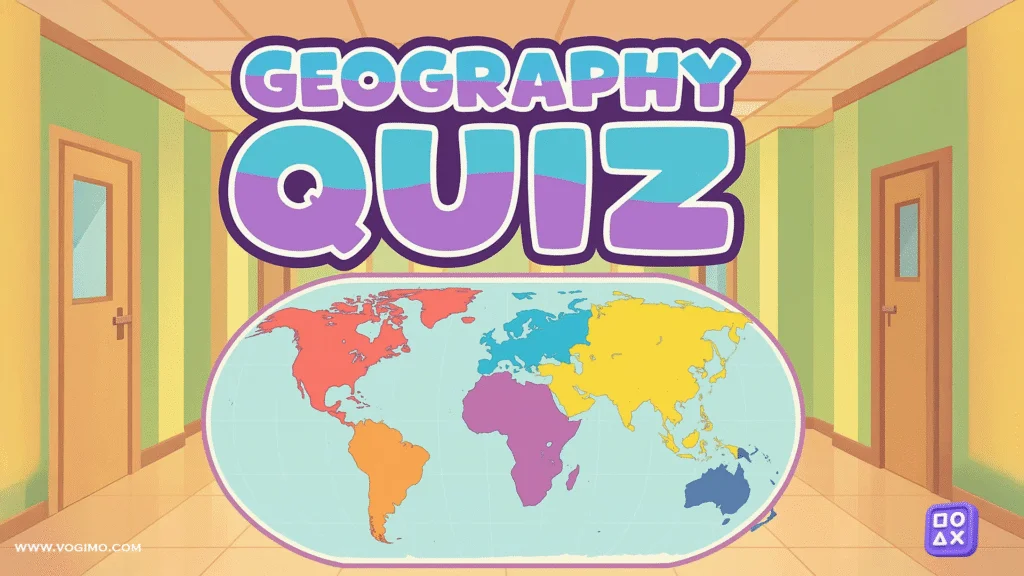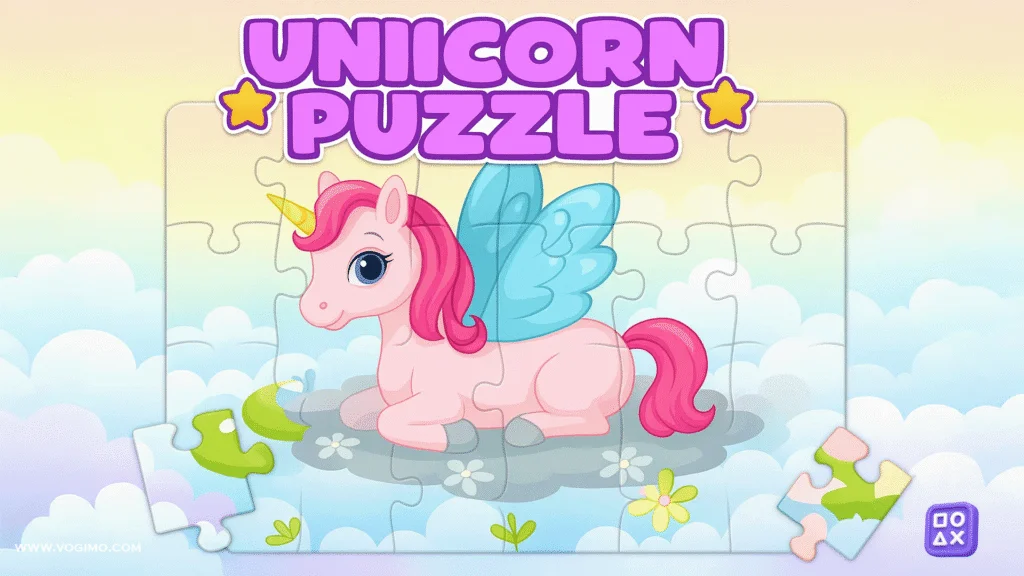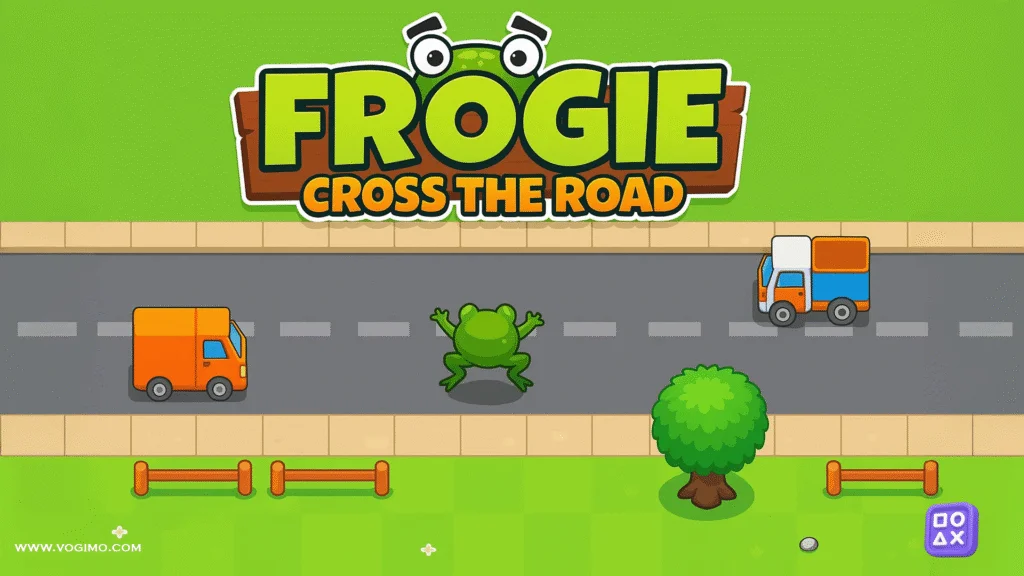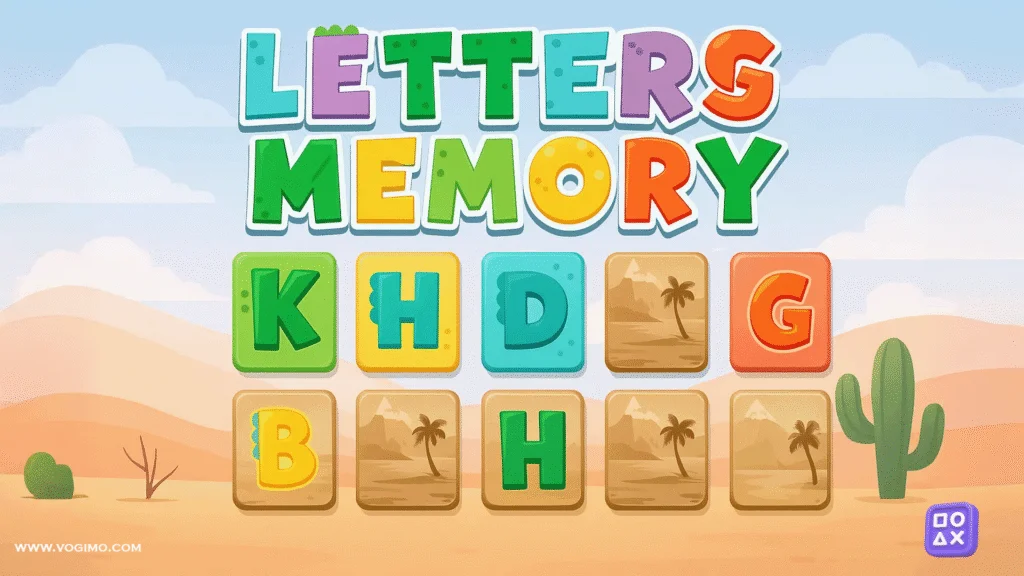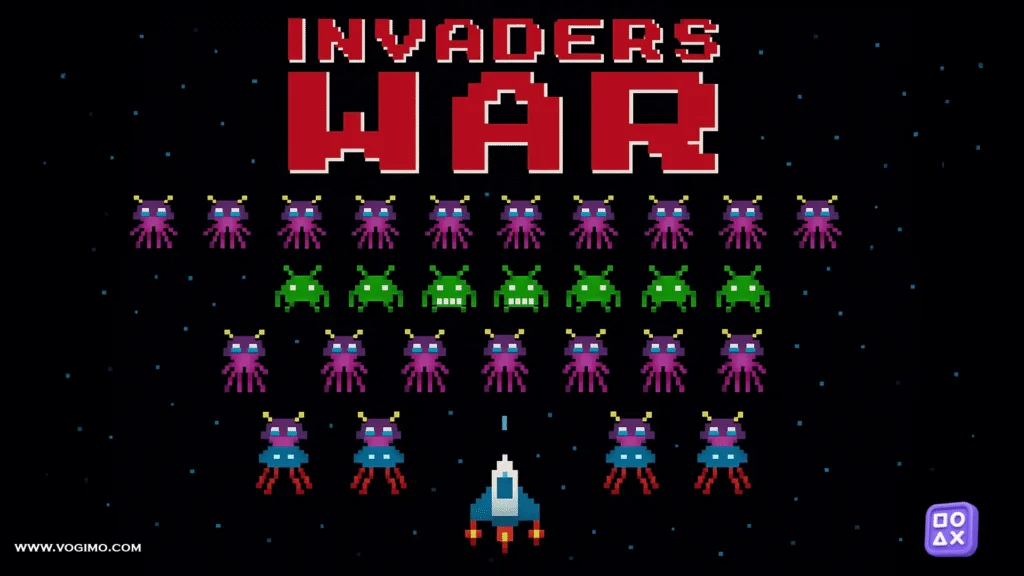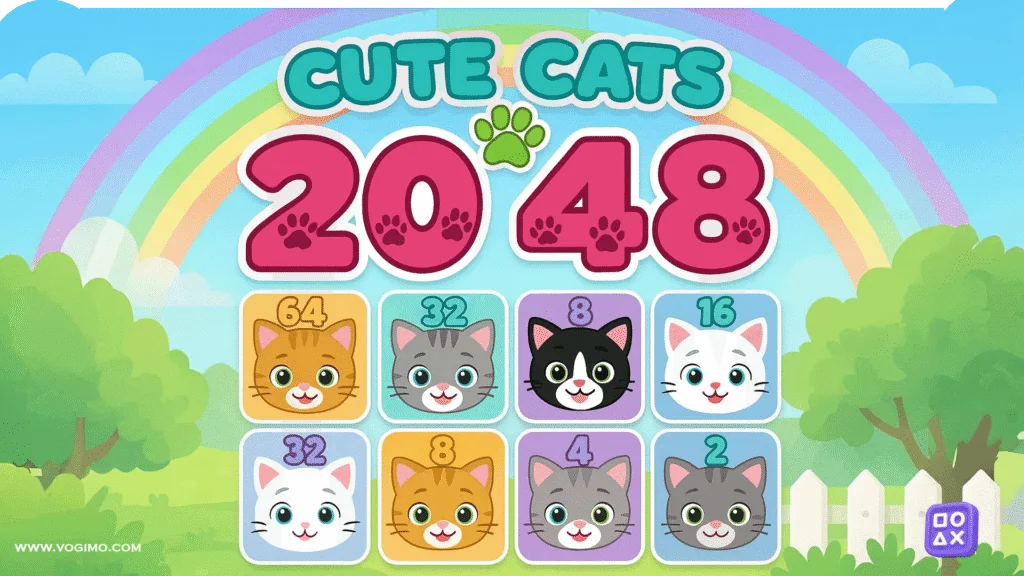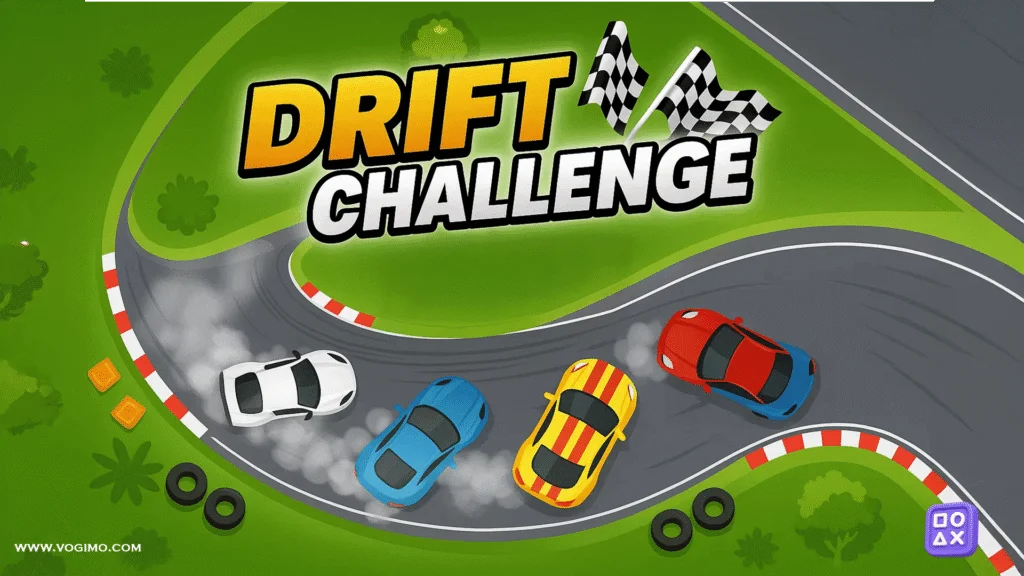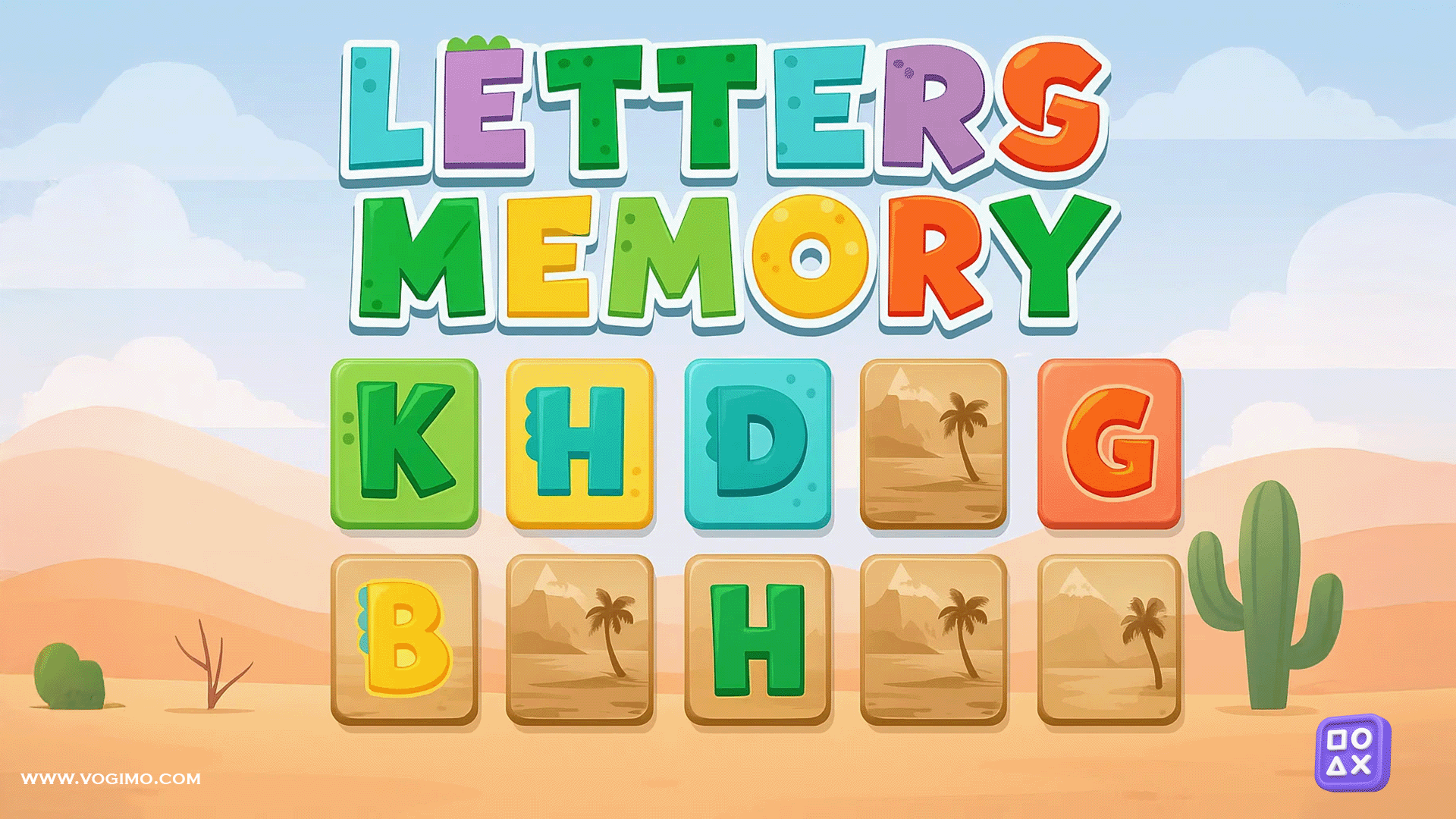Letters Memory quick flips, tiny wins, and the pleasant shock of “oh, I remember that”
Controls:
Desktop: click to flip two cards, then click again to turn the next pair.
Mobile: tap the tiles on screen. Short, deliberate taps beat rapid-fire mashing.
Letters Memory keeps the pitch simple: a grid of face-down tiles, each hiding a letter. Flip two, check the match, and try to remember where you’ve seen the ones that didn’t pair. It sounds basic (and it is), but the rhythm—look, recall, commit—has a way of pulling you in. Kids get a gentle workout in attention and visual memory; adults get that oddly satisfying “I swear I’ve seen this Q” moment. The art leans bright and friendly without being noisy, which appears to help focus when the grid grows.
What makes it stick is how quickly you feel improvement. The first run is guessy; by the second, you’re grouping by corners, then by patterns (curvy letters vs. straight strokes), and your misses turn into anchors for later. It doubles as sneaky alphabet practice: younger players start naming letters out loud, which—small as it sounds—seems to lock them in.
Quick tips to score high
• Open methodically: clear the top-left 2×2 before wandering.
• Say it to save it: whisper “A bottom row” or “G near corner” as you flip.
• Pair by shape families: round letters (C, O, Q) vs. tall stems (F, H, I).
• Pause one beat after a miss; locking the location in memory beats speed.
• On bigger grids, snapshot quadrants in your head (top-left, top-right, etc.).
• If your partner plays, agree on simple callouts: “left edge,” “under star,” etc.
Common mistakes (and fixes)
• Random roaming → Use a sweep pattern (left to right, row by row).
• Flipping too fast → Give your eyes half a second per card; recall needs quiet.
• Over-relying on color → Focus on letter shape and position; colors can repeat.
• Forgetting earlier misses → Revisit one “problem” tile every few turns to refresh it.
• Coaching a child by grabbing the mouse → Offer hints (“round letter near the corner”) and let them place.
Fast facts
• Genre: educational memory / matching
• Goal: find all letter pairs in the fewest moves (or fastest time, if timed)
• Session length: 1–5 minutes, depending on grid size
• Skills: short-term recall, selective attention, letter recognition
• Platforms: desktop (mouse) and mobile/tablet (touch)
• Best for: classroom warm-ups, coffee-break brain resets, co-play with kids
FAQ
Is it better to play fast or carefully?
Carefully. A steady pace with deliberate scanning usually beats frantic flips, especially on larger grids.
How can I help a younger player without taking over?
Use simple cues—“look for a tall letter with a crossbar”—and let them choose. Praise good searches, not just matches.
Does saying the letter out loud help?
Often, yes. Light verbal labeling (“B, middle row”) appears to strengthen recall for many players.
What grid size should we start with?
Begin small (e.g., 4×4). When matches feel automatic, bump up a size to keep the challenge fresh.
Inside link
Want more brain-teaser picks like this? Explore Memory & Puzzle Games
